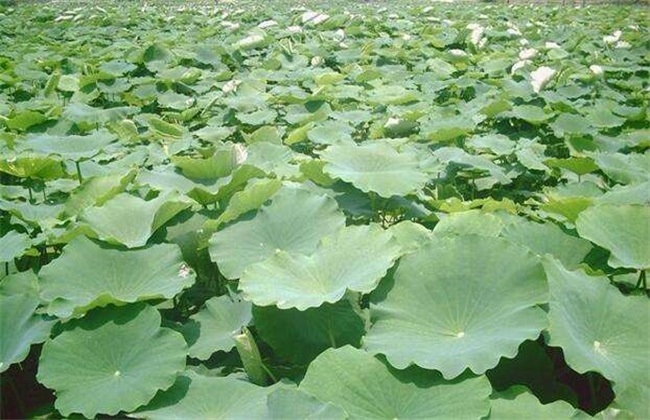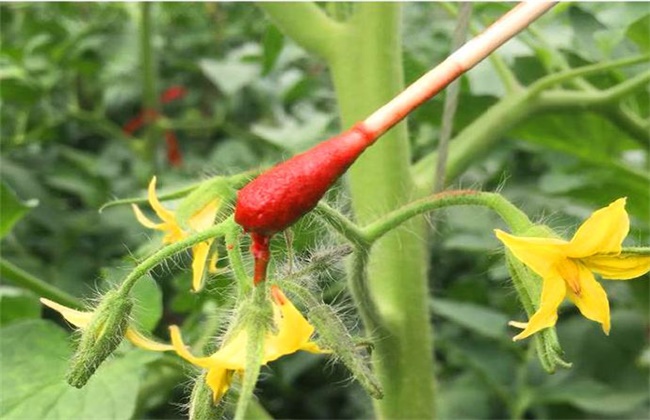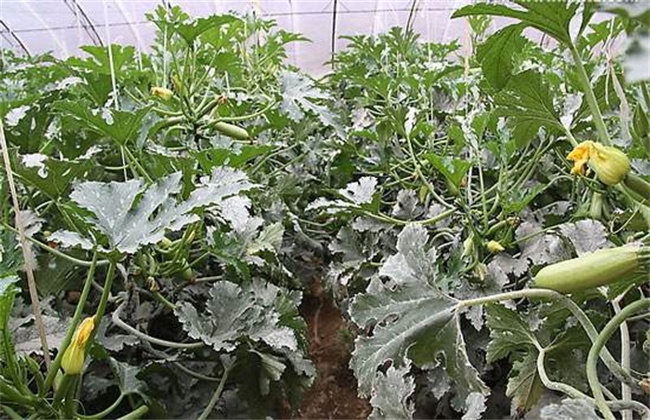What is the harm of continuous cropping of lotus root
Lotus root is the underground rhizome of lotus, and it is also a common edible vegetable. Generally, lotus root is born in the pond. Generally, if it is planted in a large area, it is not suitable for continuous cropping, which is easy to aggravate the disease, accumulate more bacteria, grow unfavourably, and the output quality is very low. So what is the specific harm of continuous lotus root cropping and whether there are any ways to improve it? let's learn about it now!

1. Continuous cropping harm
The common disease of lotus root is F. B disease, which is a soil-borne Fusarium disease. Continuous cropping will aggravate the disease and increase the germs in the soil. And some disease and disability will remain in the pond, even if it is not infected with the disease, some plant residues will accumulate in the pool will affect the growth of lotus root. In general, continuous cropping can not be more than 3 years, can be continuous cropping once or twice, but to clear the pond, drainage pond, disinfection and cleaning.
2. Benefits of crop rotation
In general, lotus root needs rotation to reduce the disease, which is most suitable for rotation with rice, water celery and Zizania caduciflora, as well as flood and drought rotation, but the long-term silt structure is not suitable for the growth of xerophytes. The advantage of crop rotation is to make full use of nutrients in different soil layers, improve soil properties and reduce the occurrence of diseases and weeds. If you plant it again, the yield is guaranteed.
3. Suitable soil
For the soil that requires more water conservation, sandy soil is not suitable, basically loam, such soil mining is also more convenient. The soil must be fertile and rich in organic matter. The harm of lotus root continuous cropping is mainly caused by the deterioration of soil conditions, the deposition of harmful substances and the imbalance of nutrition. The soil needs neutral soil, too acid, not good, medium loose soil, to maintain the good growth of lotus root.
4. Improvement methods
If you want to continue cropping within three years, you can use some methods to reduce the harm. After planting, shallow water was irrigated to promote germination, and the water layer was gradually increased in the later stage. After the leaves, apply 50 jin of urea per mu, apply it again every other month, and apply 100 jin of potash fertilizer when the lotus root grows up. Pay attention to the control of aphids in summer, the control of big bag moth at the end of summer, the control of brown spot in the later stage, the use of corresponding pesticides, and the effect of washing powder is better.
Lotus root can be continuous cropping for a short time, but we should also pay attention to cleaning and disinfecting the planting fields, and it is best not to continue cropping for a long time. The best way to solve the harm of continuous cropping is rotation. But to solve the problem of short-term continuous cropping, we need to start from management.
Related
- Where is it suitable to grow horseradish in China? it is expected to see the middle altitude horseradish in Alishan.
- How to prevent tomato virus disease reasonably? (Control methods included)
- Many people like to plant towel gourd on the balcony. What are the main points of this method and management?
- What crops can chili peppers be mixed with?
- Fertilization techniques and matters needing attention in Tomato
- What are the grafting techniques for peach seedlings in spring?
- Harm and control methods of root swelling disease of Chinese cabbage
- What are the pests of sweet potatoes? How to prevent and cure it?
- Symptoms, causes and Control methods of navel Rot in Tomato
- The cause of "Cucumber rotten bibcock" in Farmers' planting Cucumber and its Control Plan



